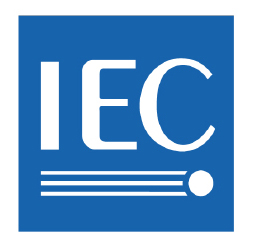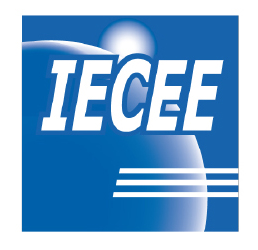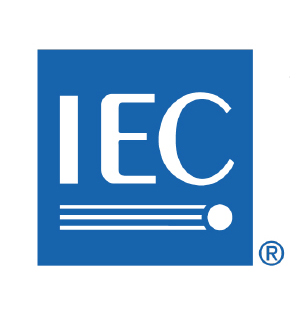ISO 80601-2-87:2021
ISO 80601-2-87:2021
| Title | Medical electrical equipment - Part 2-87: Particular requirements for the basic safety and essential performance of high frequency ventilators |
| Abstract | This document applies to the basic safety and essential performance of a high-frequency ventilator (HFV) in combination with its accessories, hereafter referred to as ME equipment: |
| Issue Date | 2021-04-12 |
| Category | MED |
| Included in IECEE System | 2022-04-27 |
| Purchase | webstore |
| Test Report Form | |
| Testing Equipment List | No information declared |
DISCLAIMER: National differences
The National differences and Group differences, National Deviations and Special National conditions (SNC), are based solely on information provided to the Secretariat by the IECEE Member Bodies and/or NCBs and other sources. The IEC/IECEE is not responsible for, nor will it take any position related to, the accuracy or validity of the information provided. To verify the current status of this type of information, we recommend contacting the Member Body (MB) or National Certification Body (NCB) of the relevant country.
Group Differences are applicable for CENELEC member countries: Austria, Belgium, Bulgaria, Croatia, Cyprus, the Czech Republic, Denmark, Estonia, Finland, France, Germany, Greece, Hungary, Iceland, Ireland, Italy, Latvia, Lithuania, Luxembourg, Malta, the Netherlands, Norway, Poland, Portugal, Republic of North Macedonia, Romania, Serbia, Slovakia, Slovenia, Spain, Sweden, Switzerland, Turkey and the United Kingdom.
No information declared
Laboratory Name | City | Country | Responsible National Certification Body |
|---|---|---|---|
DEKRA Testing and Certification (Shanghai) Ltd., Guangzhou branch | Guangzhou | China | |
Nürnberg | Germany | ||
Suzhou | China |
Id | Name | City | Country |
|---|---|---|---|
13360 | Arnhem | Netherlands | |
13345 | Nürnberg | Germany | |
13340 | Ballerup | Denmark |
Id | Name | City | Country |
|---|---|---|---|
13371 | Kista | Sweden | |
13343 | Fontenay-Aux-Roses | France | |
13361 | Lysaker | Norway | |
13334 | BRUSSELS 1070 | Belgium |



